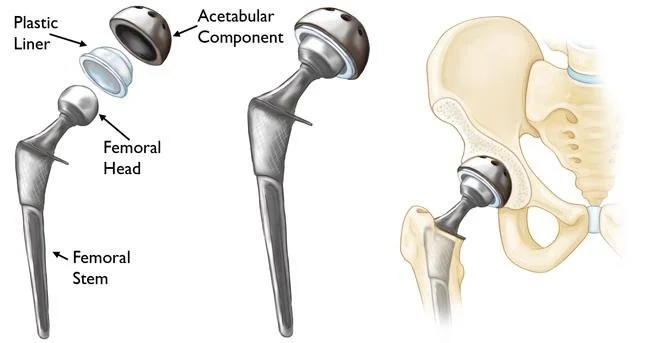What is hip replacement surgery?
Hip replacement surgery is a surgical procedure that involves removing the damaged femoral head and replacing the hip joint surfaces with artificial components, which are made of metal, plastic, or ceramics.
The goal of hip replacement surgery is to relieve pain, improve function, and increase mobility in people with hip joint conditions such as osteoarthritis, rheumatoid arthritis, or hip fractures. Hip replacement surgery is typically considered a safe and effective procedure, and most people experience significant improvement in their quality of life following surgery.
What is the anterior approach?
This refers to a minimally invasive approach using a small incision in the front of the hip to access the joint without cutting muscles or tendons. Patients may have a quicker recovery after surgery and have no restrictions or precautions.
In a study at Mayo Clinic in Rochester, Minnesota, patients who underwent Anterior Hip Replacement had objectively faster recovery than patients who had Posterior Hip Replacement. According to the study, Anterior Hip Replacement patients showed improved recovery by: Discontinuing use of a walker (10 days after surgery versus 14.5 days), Discontinuing use of all gait aids (17.3 versus 23.6 days), Discontinuing use of narcotics/pain medications (9.1 versus 14 days), Climbing stairs with gait aid (5.4 versus 10.3 days), and Walking six blocks (20.5 versus 26 days).
Source: mayoclinic.org

